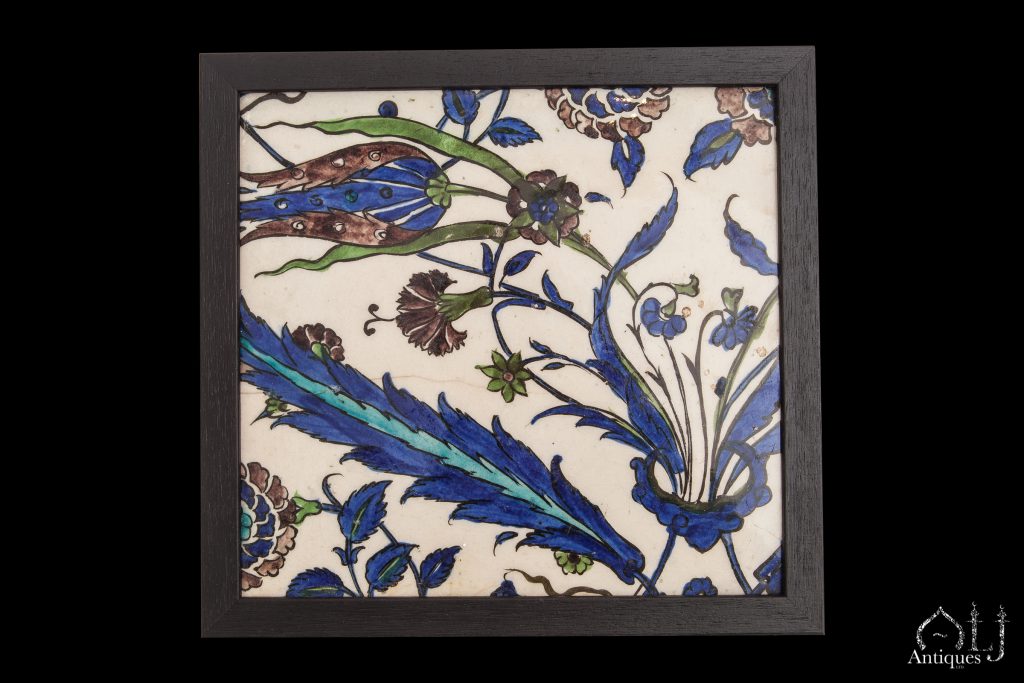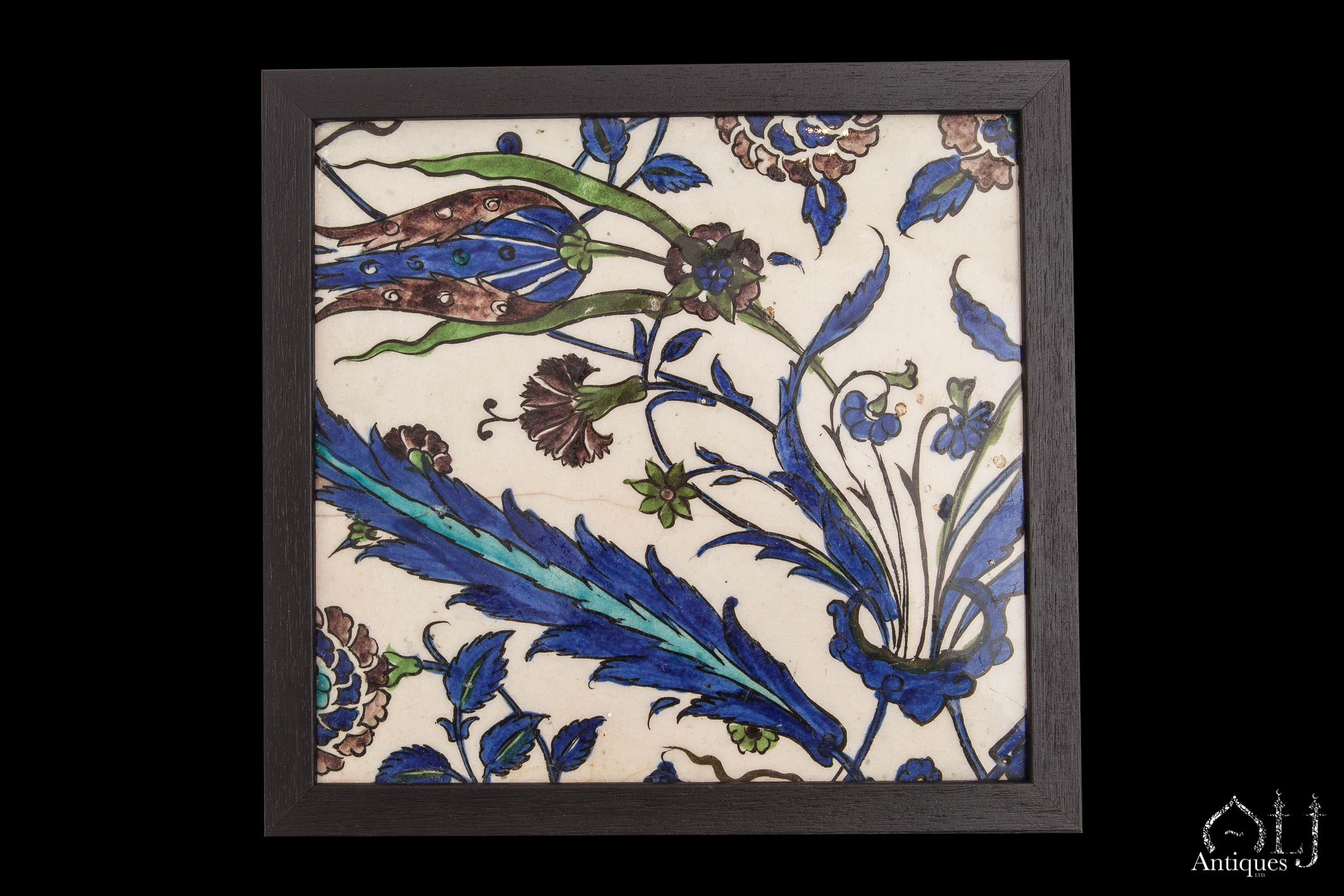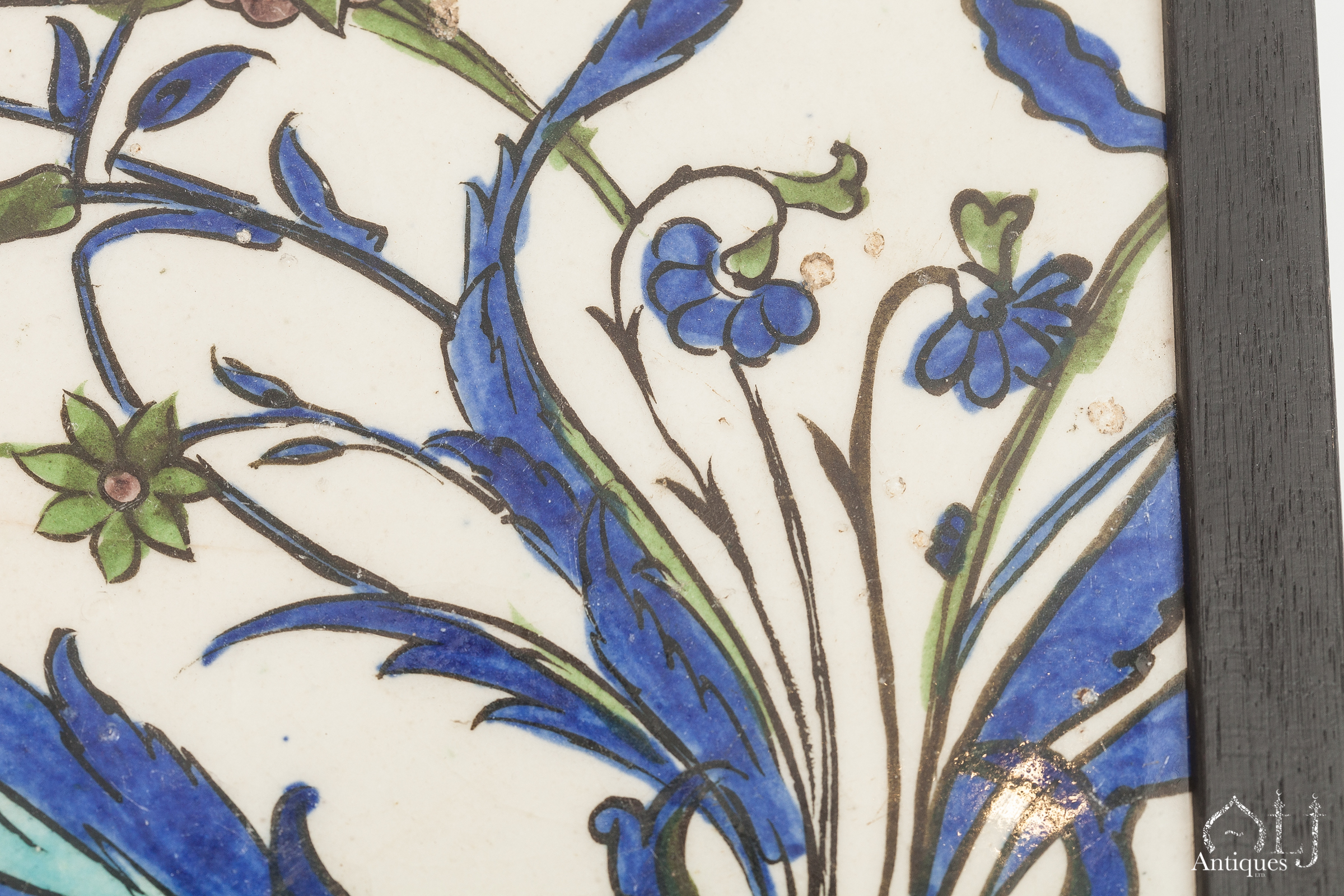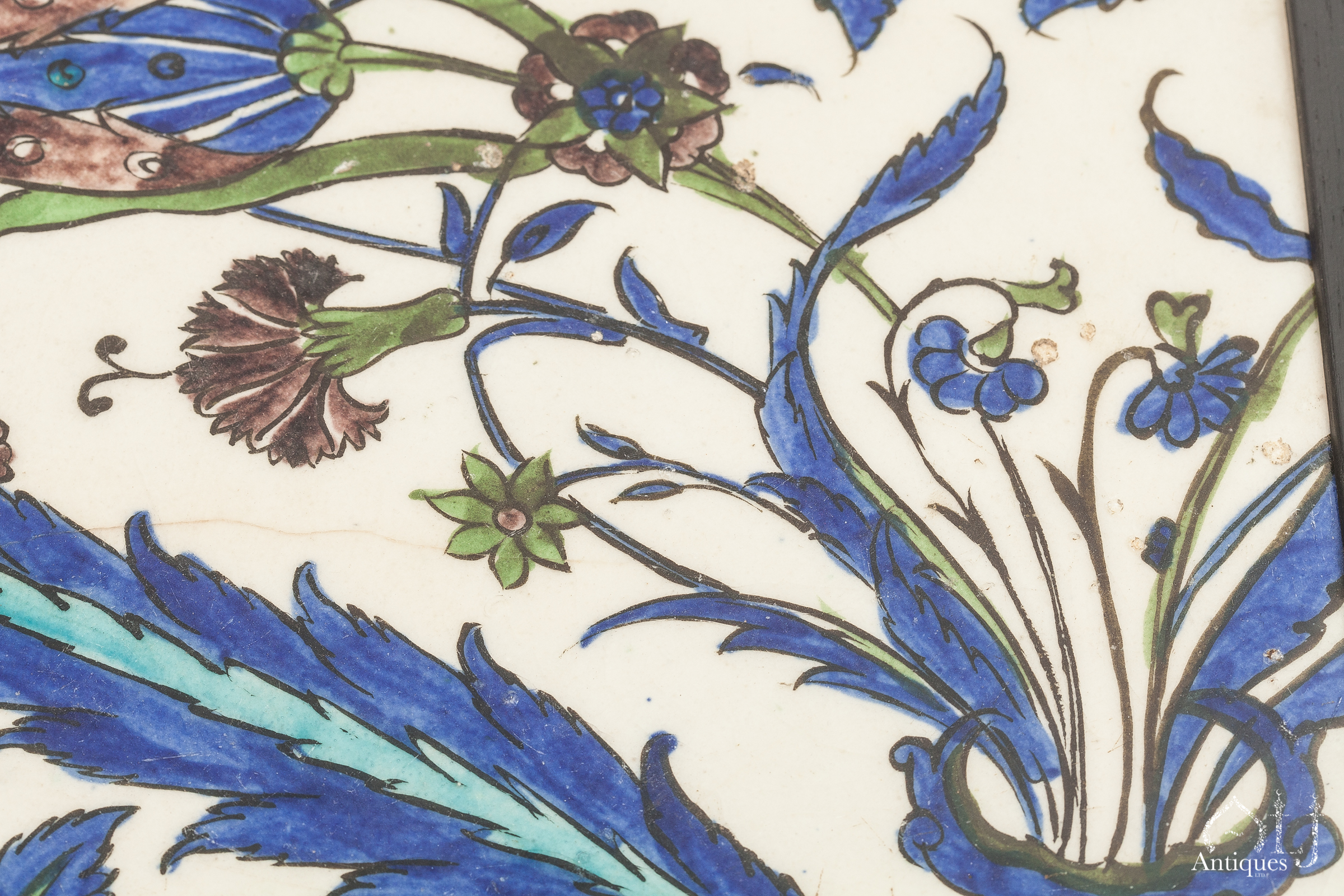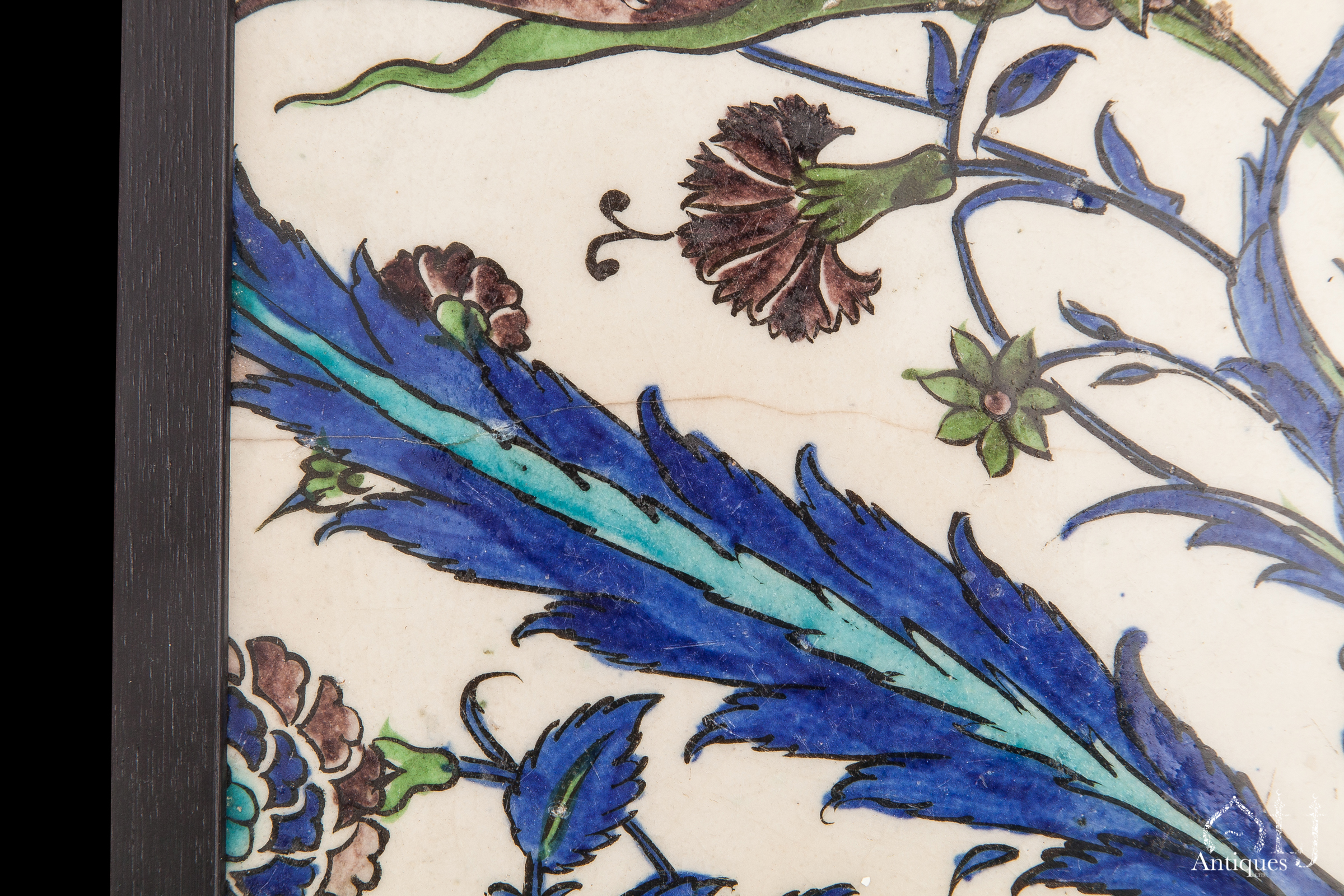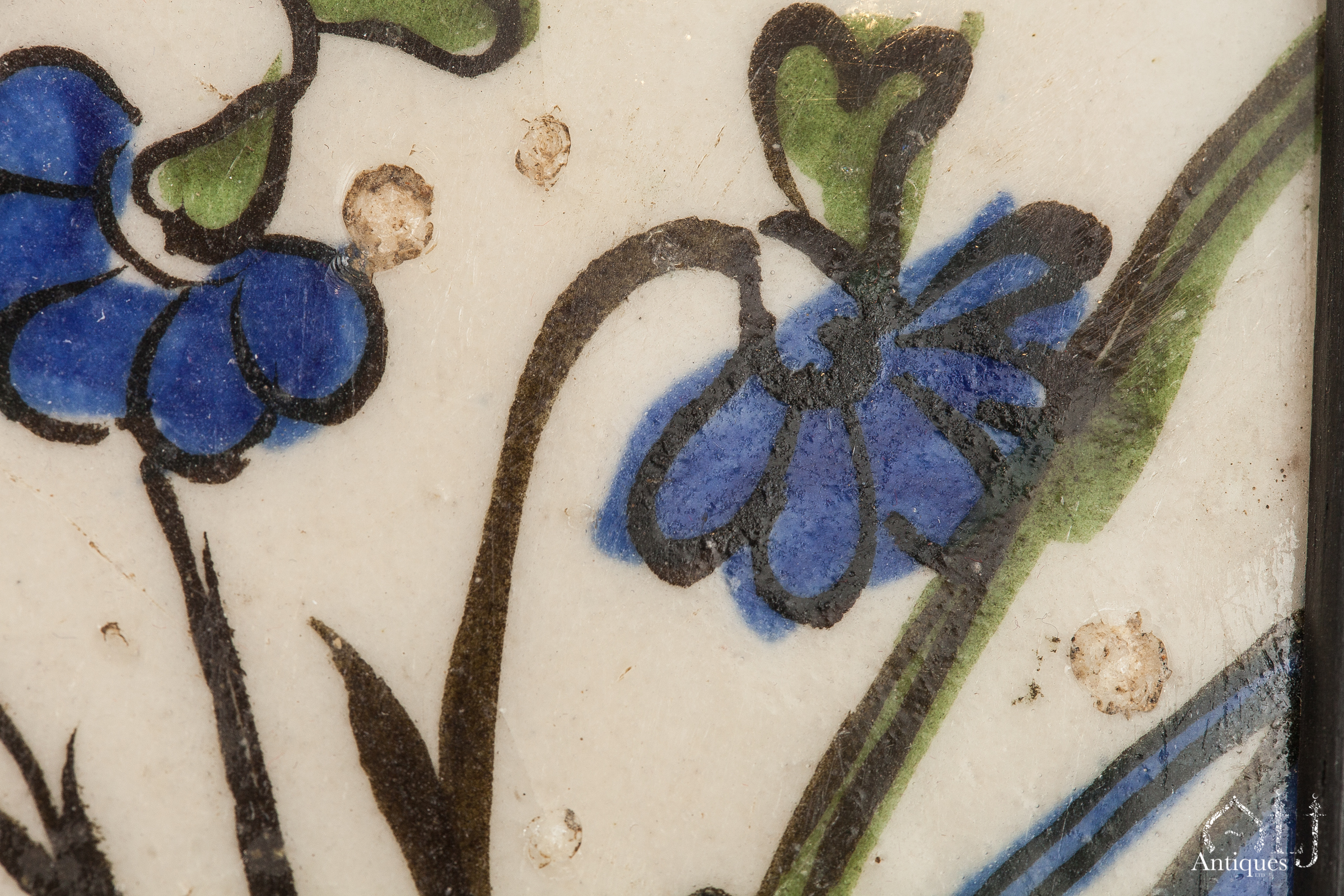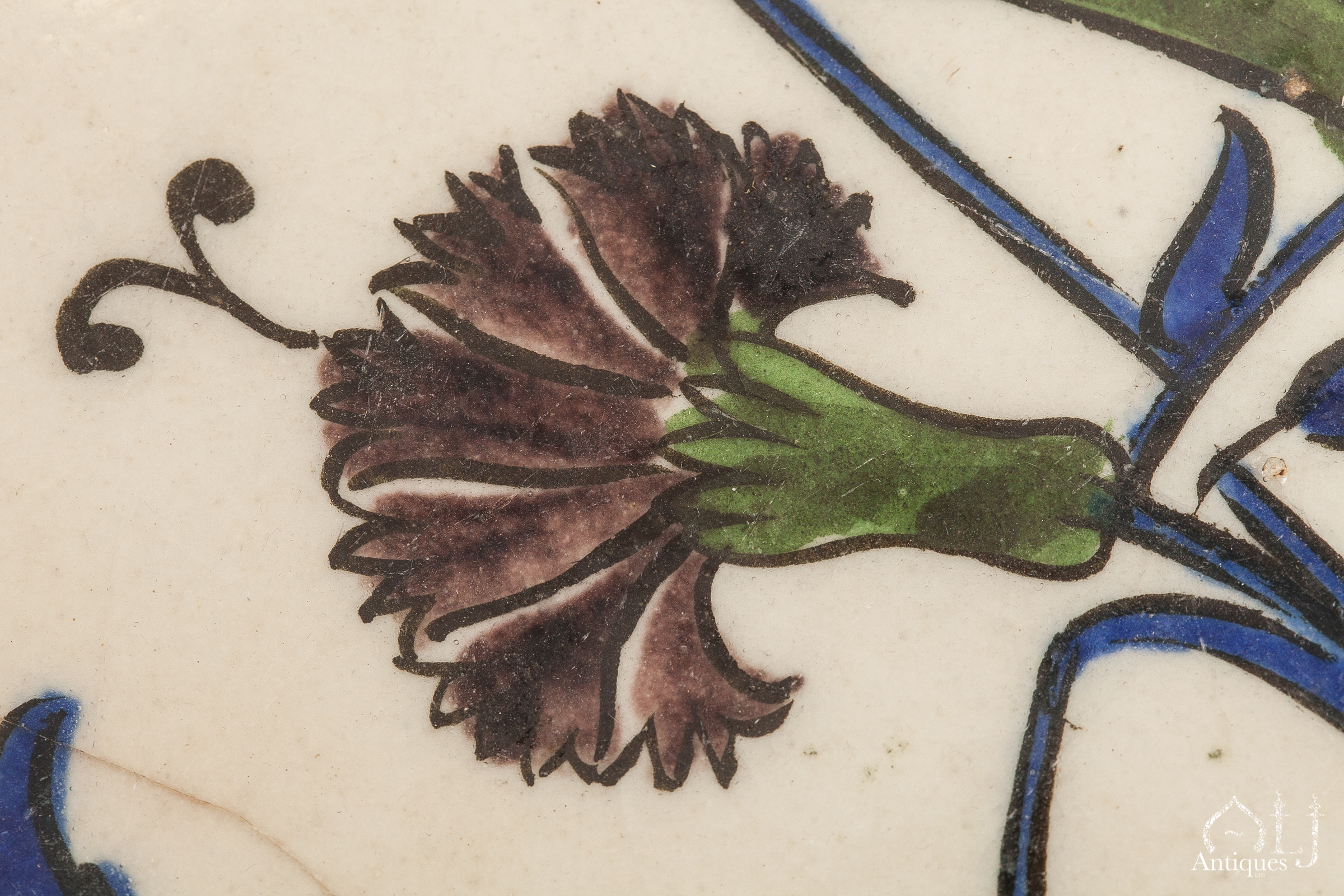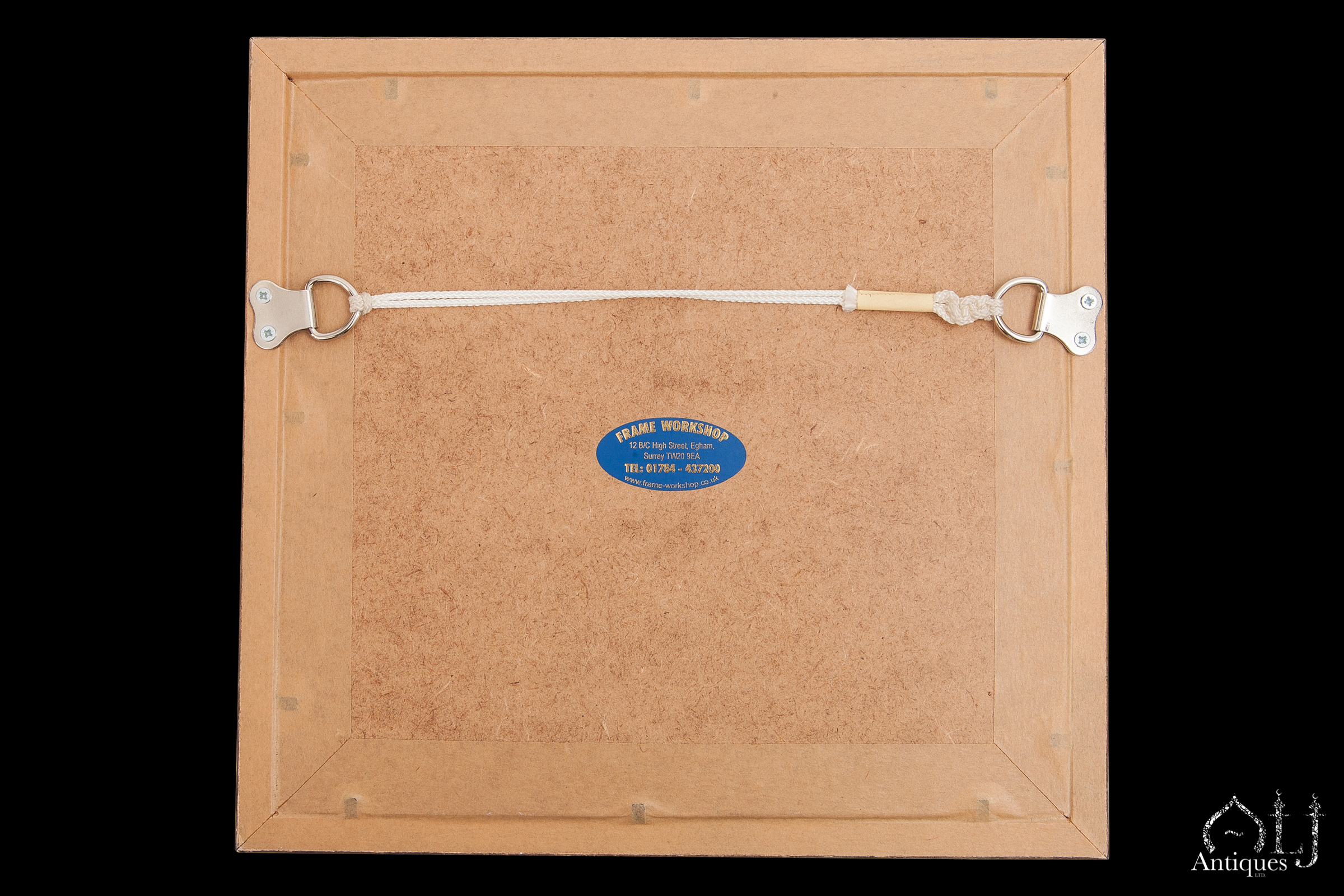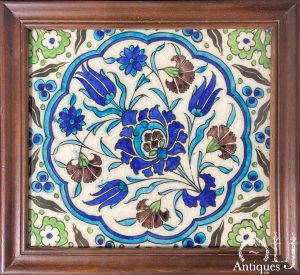Description
From the 16th and until the early 20th Century, the production and evolution of finely decorated, polychromed and glazed ceramics had become one of the main features and characteristics of art and architecture.
The production of fine Iznik Ceramics, such as crockery and tiles, was mainly used to redecorate the walls and facades of old converted buildings and also the newly built Ottoman buildings, palaces, mosques and monuments.
The mounting request for decorative Ottoman tiles had encouraged the creation of other main centres in the vastly growing Ottoman Empire; other major centres were created, such as Diyarbakir, Kutahya, Aleppo and Damascus.
Damascus continued the legacy in the production of Islamic ceramics and helped the re-establishment and creation of Iznik inspired ceramics. In the 16th century Damascus had become yet another important Ottoman centre for the production of Ottoman ceramics, mainly used to serve the southern provinces and main cities of the Ottoman Empire, such as Damascus and Jerusalem, but with a more relaxed style. They used fewer, yet more distinctive and vibrant colours , in comparison to the styles favoured by Iznik potters in the 1540s.
Our present lot is of a square shape, painted in underglaze cobalt blue, turquoise, sage green, manganese or aubergine and black, with a tulip design, carnation, roses and other flowers with a distinct “ Saz leaf ”, a common design that was mainly used in Ottoman textiles and art, against white ground, framed with a later wooden frame.

